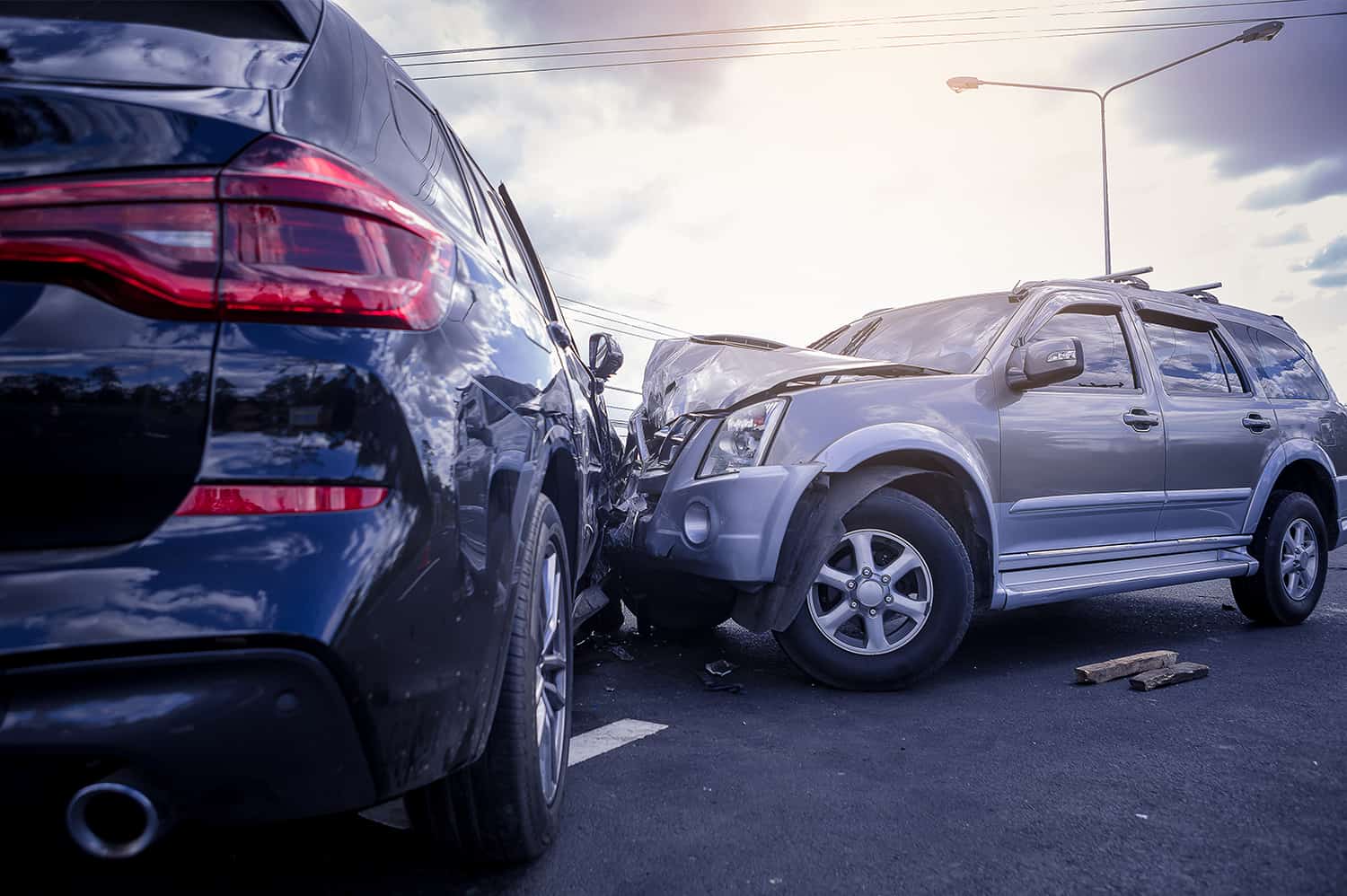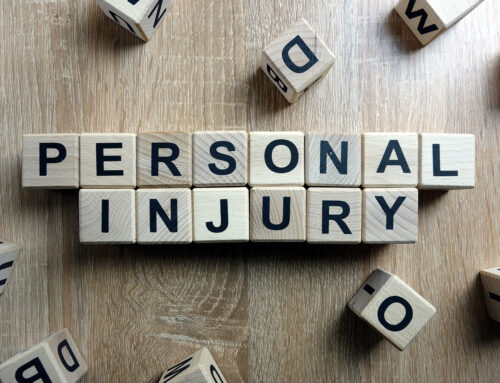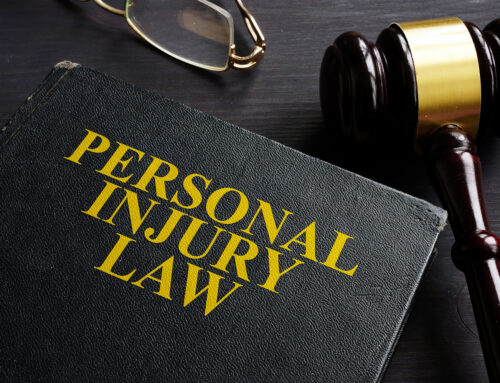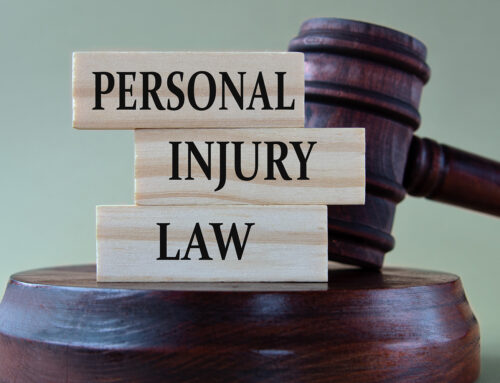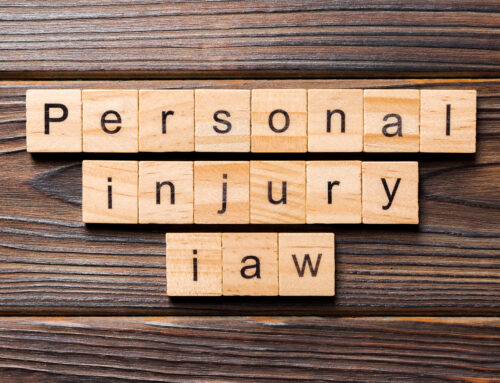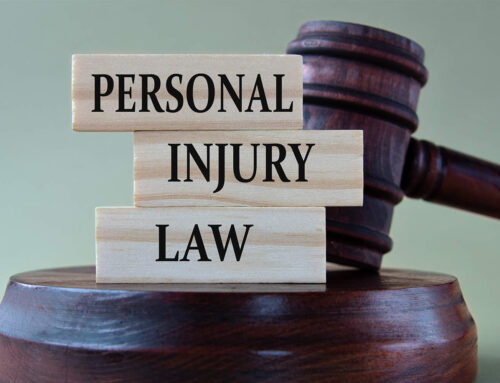Automobile and other vehicle accidents are so common in American society that most statistical reports concentrate on fatalities. For example, the California Office of Traffic Safety states that 3,606 victims died in traffic accidents in the state during 2019.
As heartbreaking as that statistic is, law enforcement agencies everywhere can verify far more crashes result in debilitating injuries, extensive property damage and many lost hours of employment, daily activities and time with family and loved ones.
Designating Blame for the Accident
When a vehicle accident occurs, determining what happened and who was at fault for the crash becomes vital to ensure these results:
- Compensate victims fairly
- Deter drivers who ignore traffic laws
- Improve dangerous intersections or stretches of road
- Prevent similar accidents in the future
In many cases, the main responsibility for the accident is quite apparent, such as a driver crossing into an oncoming lane, running a stop sign or texting while driving. In other cases, the lines of blame are blurred, and the process of unraveling the truth becomes complex. Either way, a number of players may become involved:
Law Enforcement Officers
Depending on the severity of the accident, a driver, passenger or onlooker may call 911 and summon emergency assistance. An officer from the appropriate jurisdiction interviews witnesses and the passengers and drivers if they are available. The officer may also examine vehicle damages, measure skid marks, take photos or draw diagrams and determine if any surveillance cameras in the area caught video footage of the accident. After the officer gathers all available evidence, he or she writes a report and may issue applicable citations if traffic laws were broken. The accident report may or may not include a determination of fault by the officer.
Witnesses
Individuals who observed the accident can provide vital information to learn the truth. However, not all witnesses stick around to reveal what they saw. People are busy with work, appointments and places to go. Occasionally, bystanders may not want it on record that they were at a particular place at a certain time.
Even the most cooperative witnesses may not give an accurate account. Since they weren’t expecting an accident to unfold before their eyes, they weren’t prepared with a notebook to take in every detail. Experienced law enforcement personnel and attorneys can confirm that testimony from several persons witnessing the same event often varies substantially.
Insurance Adjusters
Since all California motor vehicle owners must carry insurance to operate the vehicle legally, an insurance adjuster becomes involved when you have a traffic accident. Insurance adjusters determine whether their policyholder, the other driver or even another party is at fault. The third party could be a driver who contributed to the accident with erratic behavior or a manufacturer or repair shop responsible for a faulty vehicle.
After thoroughly investigating all the details of the accident, the adjuster determines who is at fault. In some cases, a percentage of fault is assigned to each party. For example, after studying the police report, interviewing drivers, passengers and witnesses, reviewing photos, videos and camera footage and inspecting vehicle damage, the insurance adjuster may assign 70% fault to one driver and 30% to the other.
Physicians, Accident Reconstruction Experts and Forensic Analysts
Medical doctors and emergency room physicians who often treat traffic accident victims soon learn the types of injuries that often result from particular situations. They also know from experience the kind of future medical issues these patients may encounter.
Likewise, after inspecting the vehicles involved, poring over the accident report and examining photos and camera footage, specialists in accident reconstruction and forensic engineering can perform an amazing job of determining factors such as the speed of each vehicle at the time of impact.
Insurance adjusters and accident attorneys may make use of these experts, especially if a personal injury or wrongful death case goes to trial.
Negotiating a Settlement
Once the insurance adjuster establishes the percentage of fault for each driver, the next step depends on the law of the state involved. Since 1975, California has been a pure comparative negligence state. The fault is assigned on a percentage basis, and plaintiffs in motor vehicle accidents can sue to recover damages even if their assigned fault is 99%. For example, if a driver 90% at fault sustains injuries that total $100,000 in medical bills and lost wages, the individual could receive 10% or $10,000 in damages.
Procuring Help From an Expert
If you are injured in a traffic accident caused by the negligence of another driver, you should receive fair compensation for your medical expenses, loss of earnings during convalescence and any future therapeutic needs. This means the insurance adjuster should arrive at an accurate, impartial determination of fault and reimbursement for all your losses.
Always consult an experienced personal injury lawyer before signing any insurance settlement. At The Law Offices of Brent D. George, we offer a free consultation to evaluate your case. Having an attorney who understands California’s personal injury system is a powerful negotiating tool so contact our law office today.
